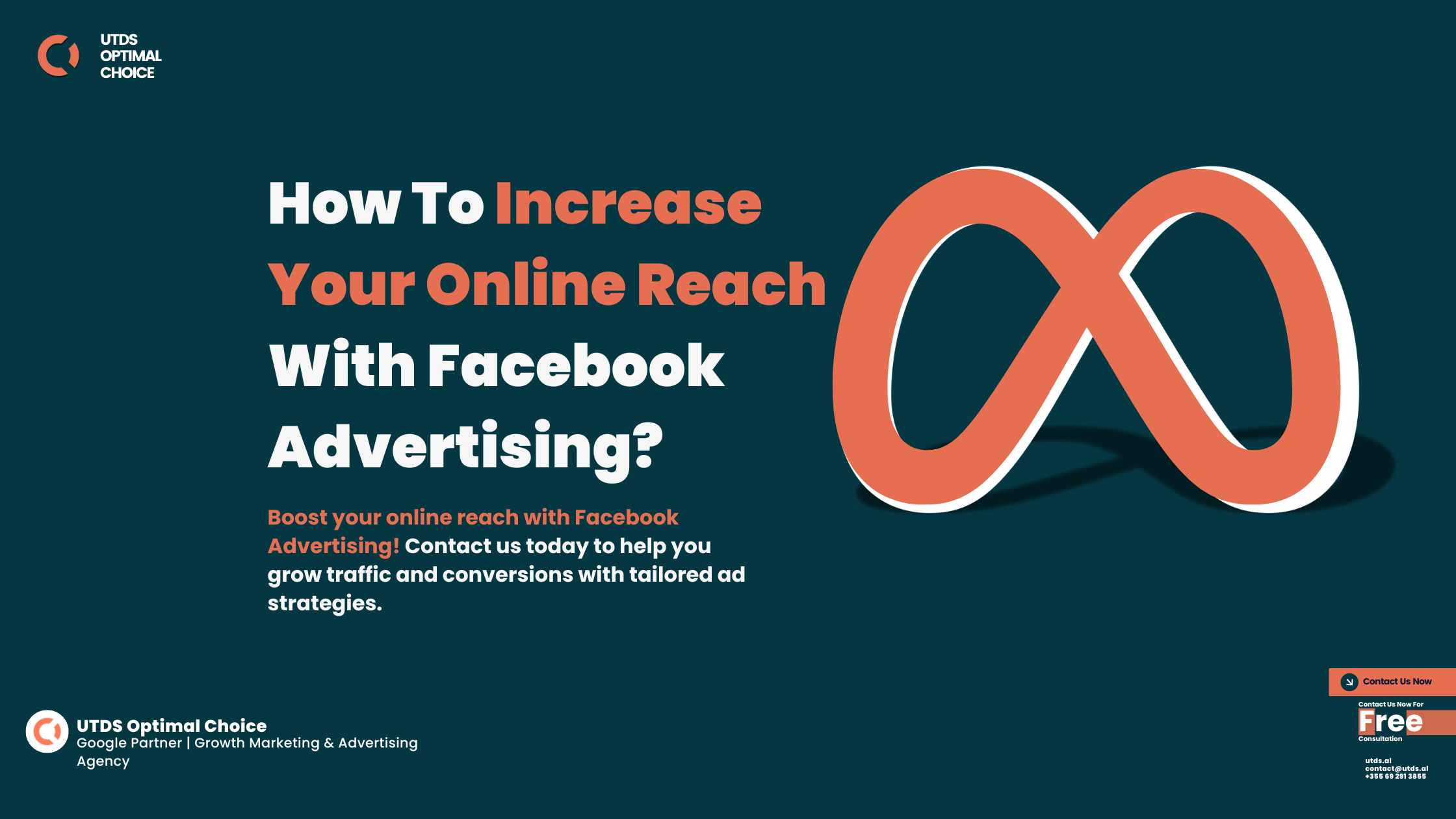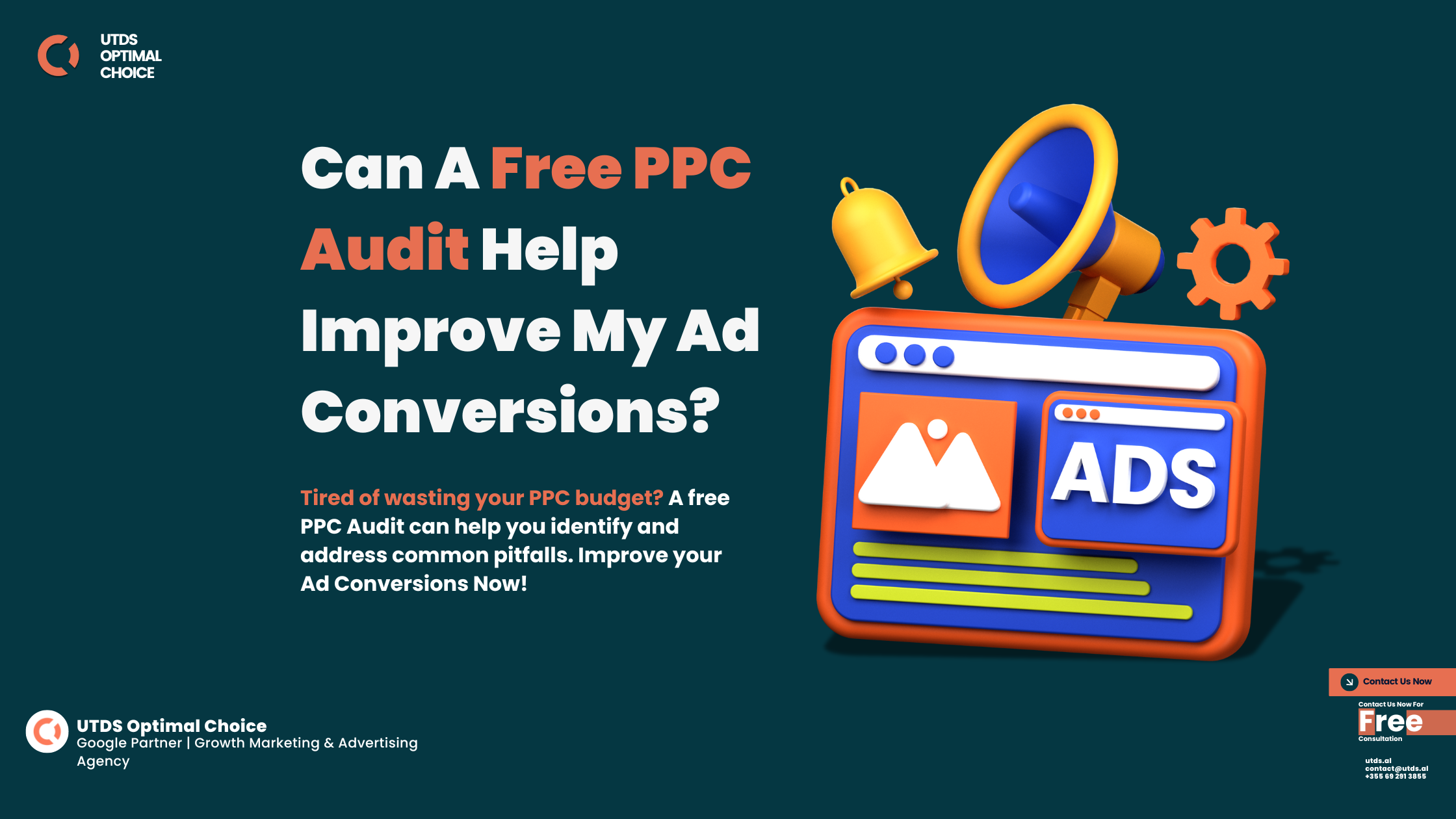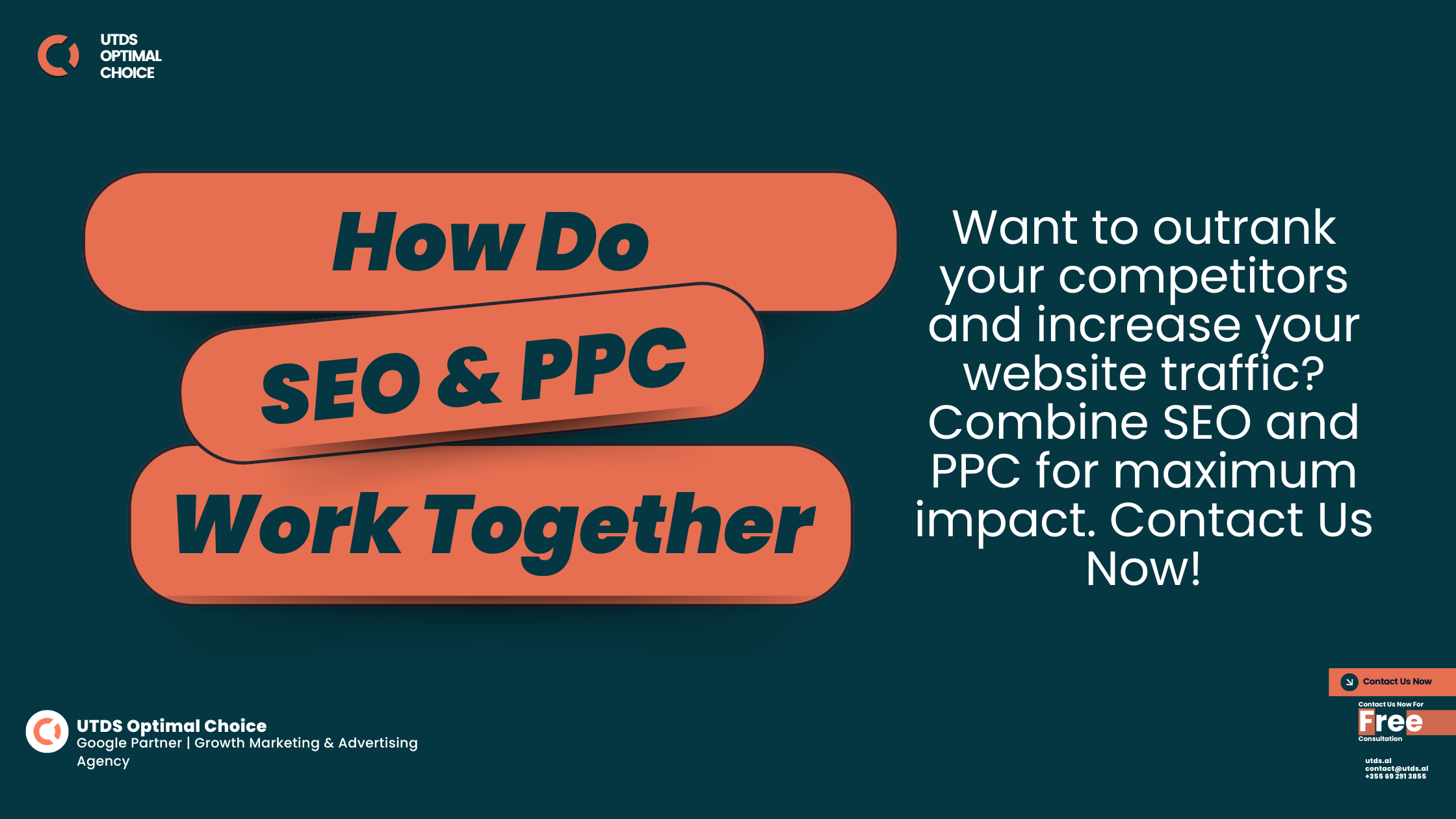Most of you know that social media has become an integral part of our daily lives. Billions of people across the globe are actively using platforms like Facebook, Instagram, X (former Twitter), and TikTok on a regular basis. As these platforms continue to grow and evolve, businesses have recognised the immense potential they hold for advertising and promoting their products and services. This concept of leveraging social media platforms for advertising purposes is known as social media advertising.
Social media advertising has rapidly emerged as a crucial component of digital marketing strategies for businesses of all sizes. With the ability to precisely target specific demographics and tailor advertisements to individual interests, social media advertising offers unique advantages over traditional advertising methods. In this article, we’ve shared everything you need to know about social media advertising. Most importantly, how each social media platform has their unique targeting method and how to build a conversion strategy.
Social media advertising thrives on building brand awareness and engagement, but for immediate conversions, businesses might consider a different approach. While social media ads can be a great tool, a strong SEO strategy can attract customers who are already searching for what you offer. Check out this helpful seo guide for beginners to learn how to optimise your website for local searches and get your business in front of those high-intent customers.
What Is Social Media Advertising
At its core, social media advertising refers to the practice of placing paid social media advertisements on various social platforms. These advertisements can take various forms, including images, videos, sponsored posts, or interactive content, designed to capture the attention of users as they scroll through their social media feeds or timelines.
Ever heard the sales strategy, sell where the people are and you will make a sale. Social media ads gives you an opportunity to sell your products and services where people spend more time.
What Are The Benefits Of Using Social Media Ads To Advertise?
- Enhanced Targeting Capabilities: One of the most significant advantages of social media advertising is the ability to precisely target specific audiences based on a wide range of factors such as demographics, interests, behaviours, and locations. This level of targeting allows businesses to ensure that their advertisements are reaching the most relevant and receptive individuals, maximising the effectiveness of their campaigns.
- Cost-Effectiveness: Compared to google advertising methods, social media advertising tends to be more cost-effective, especially for small and medium-sized businesses. With flexible budgeting options and the ability to scale campaigns up or down as needed, social media advertising provides an accessible and affordable way for businesses to reach their target audiences.
- Real-Time Performance Analysis and Optimisation: Social media advertising platforms offer robust analytics and reporting tools that enable businesses to track the performance of their campaigns in real-time. This data-driven approach allows for continuous optimisation and adjustment of ad strategies, ensuring that campaigns are delivering the desired results and maximising return on investment.
Types Of Social Media Ads

As social media platforms have evolved, so too have the types of advertisements available to businesses. Here are some of the most common types of social media ads across various platforms:
Facebook Ads
- Cost-per-Click (CPC) Ads: Advertisers pay each time a user clicks on their ad.
- Cost-per-Impression (CPM) Ads: Advertisers pay based on the number of times their ad is displayed.
- Ad Formats: Facebook offers a wide range of ad formats, including image ads, video ads, carousel ads (multiple images/videos in a single ad), and more. Check our Facebook Advertising Tips here
Instagram Ads
- Stories Ads: Full-screen, vertical video ads that appear between users’ Instagram Stories.
- Feed Ads: Image and video ads that are seamlessly integrated into users’ Instagram feeds.
- IGTV Ads: Long-form video ads that appear within Instagram’s dedicated video platform, IGTV.
Twitter Ads
- Promoted Tweets: Regular tweets that are promoted to appear at the top of users’ timelines or search results.
- In-Stream Video Ads: Video ads that play before or during other videos on Twitter.
- Website Cards: Ads that promote a specific website or landing page with a preview image and call-to-action.
LinkedIn Ads
- Sponsored Content: Ads that appear directly in users’ LinkedIn feeds, similar to regular posts.
- InMail Ads: Personalised ads delivered directly to users’ LinkedIn inboxes.
- Text Ads: Simple text-based ads that appear on various pages within the LinkedIn platform.
Snapchat Ads
- Snap Ads: Full-screen, vertical video ads that appear between users’ Snapchat Stories.
- Story Ads: Shorter video ads that are integrated into Snapchat’s Discover section or between friends’ Stories.
- Collection Ads: Immersive ads that allow users to browse and purchase products directly within the Snapchat app.
TikTok Ads
- In-Feed Ads: Video ads that appear seamlessly within users’ “For You” feeds on TikTok.
- Branded Hashtag Challenges: Sponsored hashtag challenges that encourage users to create and share their own videos related to a specific theme or brand.
Pinterest Ads
- Promoted Pins: Regular pins that are boosted to appear more prominently in users’ feeds and search results.
- Video Pins: Video ads that play automatically as users scroll through their Pinterest feeds.
YouTube Ads
- TrueView Ads: Skippable video ads that play before or during other YouTube videos.
- Bumper Ads: Non-skippable video ads that are up to 6 seconds long and play before the main video.
- Overlay Ads: Semi-transparent banner ads that appear on the bottom of videos.
Check our list of top free ppc tools to do research about your social media ads cost efficiently
How Much Do Social Media Ads Cost?

The costs associated with social media advertising can vary greatly depending on the platform, ad format, targeting options, and overall campaign goals. However, in general, social media advertising is considered to be more cost-effective compared to traditional advertising methods.
Here are some average cost figures for popular social media advertising platforms:
- Facebook: The average cost-per-click (CPC) for Facebook ads is around £0.97, while the average cost-per-thousand-impressions (CPM) is approximately £7.19.
- Instagram: Instagram ads typically cost between £0.20 and £2 per click (CPC), with CPM rates varying based on factors like industry and audience targeting.
- Twitter: Twitter ads have an average cost-per-engagement (CPE) of around £0.38.
- LinkedIn: LinkedIn ads can range from £2 to £7 per click (CPC), depending on factors like industry, audience targeting, and ad format.
- Snapchat: Snapchat ads have an average cost of £3 to £8 per 1,000 views (CPM).
- TikTok: TikTok’s view-based ads have an average CPM (cost-per-thousand-views) of around $10.
It’s important to note that these figures are subject to change and can vary based on numerous factors, including competition, targeting criteria, and overall campaign performance.
When it comes to budgeting for social media advertising campaigns, businesses have the flexibility to allocate resources based on their specific goals and constraints. Even small businesses with limited marketing budgets can run effective social media ad campaigns by setting modest daily budgets (e.g., £5 to £10 per day) and carefully targeting their desired audience.
Social media advertising allows businesses to target specific audiences on platforms like Facebook and Instagram. While it excels at brand awareness and engagement, it can also drive conversions. For local service businesses, Google local services ads on Google can be even more effective. These ads appear at the top of search results for relevant searches, connecting you with qualified leads who are ready to convert
How Effective Are Social Media Ads?

While the costs of social media advertising may be relatively affordable, creating truly effective ads that resonate with the target audience and drive desired actions is crucial for maximising the return on investment. Here are some tips for creating compelling and successful social media ads:
- Understand Your Target Audience: Conducting thorough research to gain insights into your target audience’s interests, behaviours, pain points, and preferences is essential. This understanding will inform the development of ad creatives that speak directly to their needs and capture their attention. One of the important factors to consider is their search intent. It’s could be transactional search intent or informational intent.
- Craft Compelling Ad Creatives: Social media users are constantly bombarded with a vast array of content, making it imperative to create visually striking and engaging ad creatives that stand out. This can include high-quality images, eye-catching videos, and concise yet compelling ad copy that effectively communicates the value proposition of your product or service.
- A/B Test and Optimise: Most social media advertising platforms offer robust tools for conducting A/B testing, which involves creating multiple variations of an ad and comparing their performance. By continuously testing and refining ad creatives, targeting options, and messaging, businesses can identify the most effective strategies and optimise their campaigns for maximum impact.
Social Media Advertising Best Practices And Tips
To further enhance the effectiveness of social media advertising campaigns, here are some best practices and tips to consider:
- Utilise User-Generated Content (UGC): Incorporating user-generated content, such as customer photos, videos, or testimonials, into your social media ads can significantly boost their authenticity and credibility. Consumers often find UGC more relatable and trustworthy than traditional advertisements.
- Optimise for Mobile: With the majority of social media consumption occurring on mobile devices, it is crucial to ensure that your social media ads are optimised for mobile platforms. This includes using responsive designs, vertical video formats, and concise messaging that can be easily consumed on smaller screens. Do you know? From July 5th, even the web designs need to be mobile first web design
- Set SMART Goals: Establishing Specific, Measurable, Achievable, Relevant, and Time-bound (SMART) goals for your social media advertising campaigns is essential. Clear goals will not only guide your strategy but also provide a framework for measuring success and making data-driven decisions.
- Engage with Your Audience: While social media advertising is a powerful tool for promoting your products or services, it is also important to engage with your audience authentically. Respond to comments, participate in relevant conversations, and foster a sense of community around your brand.
- Stay Up-to-Date with Platform Updates: Social media platforms are constantly evolving, introducing new ad formats, targeting options, and algorithm changes. Staying informed about these updates can help you adapt your strategies and capitalise on emerging opportunities.
- Leverage Influencer Marketing: Partnering with influencers or content creators who have established followings within your target audience can be an effective way to amplify your social media advertising efforts and tap into their engaged communities.
Case Studies And Examples
To better understand the potential impact of effective social media advertising campaigns, let’s explore a few notable case studies and examples:
- Spotify’s “Wrapped” Campaign: Spotify’s annual “Wrapped” campaign, which leverages user data to create personalised, shareable content, has become a viral phenomenon. By encouraging users to share their music listening habits and statistics on social media, Spotify not only cultivates user engagement but also generates massive organic reach and brand awareness.
- Coca-Cola “Share a Coke” Campaign: The “Share a Coke” campaign by Coca-Cola was a resounding success in leveraging social media. By printing popular names on their bottles and encouraging consumers to share photos with their personalised bottles, Coca-Cola created a highly shareable and engaging campaign that drove immense user-generated content and brand awareness.
- GoPro User-Generated Content Strategy: GoPro has mastered the art of leveraging user-generated content through their social media efforts. By showcasing amazing videos and photos captured by their customers using GoPro cameras, they not only showcase the capabilities of their products but also foster a sense of community and inspire others to create and share their own content.
These examples highlight the power of using social media advertising campaigns that tap into consumer emotions, encourage user participation, and leverage the inherent shareability of social media platforms.
How Can We Help You?
By understanding the various types of social media ads, mastering the art of creating compelling ad creatives, and implementing best practices, you can unlock the full potential of this powerful advertising channel.
At UTDS Optimal Choice, we are a team of SEO, web development, and PPC experts dedicated to helping businesses succeed in the digital realm. Whether you’re looking to develop a comprehensive PPC strategy, create captivating ad campaigns, or optimise your existing efforts, our team is here to support you every step of the way.
Don’t hesitate to reach out and explore how we can collaborate to elevate your brand’s presence on social media and drive tangible results for your business. Contact us now for free consultation!
People Also Ask
What is the 5 5 5 rule on social media?
Invest 15 minutes per day: 5 to discover fresh conversations, 5 to reply, 5 to publish a post. This tight loop keeps Social Media Marketing consistent and feeds real-time insight for future Social Media Ads.
What is the 50 / 30 / 20 rule for social media?
50% of your posts should inform or entertain, 30% should curate trusted third-party material, and the remaining 20% can promote offers through Social Media Advertising. The split stops feeds looking like nonstop sales pitches.
What is the 30 / 30 / 30 rule for social media?
Use equal thirds: 30% brand stories, 30% curated expertise, 30% community engagement. The last 10% of your calendar stays open for quick-fire Social Media Ads that react to live events.
What is the 70 / 20 / 10 rule for social media?
70% of output should give practical value, 20% should amplify other voices, and 10% may carry direct calls to action or limited-time Social Media Advertising. Audiences see help first and promotions last, which protects reach.
What are the 5 C’s of social media?
Content, Community, Conversation, Connection, Collaboration. Rotate through all five to keep Social Media Marketing fresh and ensure each Social Media Ad lands with a warm, engaged audience.
What are the ABCS of social media marketing?
A = Audience insight, B = Brand consistency, C = Compelling content, S = Strategy that measures results. Using the ABCS stops random posting and directs every Social Media Advertising pound toward clear goals.
How much does it cost to advertise a small business on social media?
Typical UK figures in 2025: Facebook cost per thousand impressions averages about £8.50 to £9.00, and cost per click sits near £0.75. Instagram CPMs hover around £2.50 to £3.00, but clicks can top £2.50. Most local firms start with monthly Social Media Ads budgets between £250 and £1000, rising to £3000 when creative or agency fees are added.
How to do social media marketing for small business?
Pinpoint one goal (leads, sales, or support).
Choose the platform your buyers use most.
Build three content pillars: educate, prove results, answer FAQs.
Schedule organic posts, then add small-batch Social Media Ads to test headlines and images.
Check analytics weekly; push spend only behind posts that drive clicks or calls.















